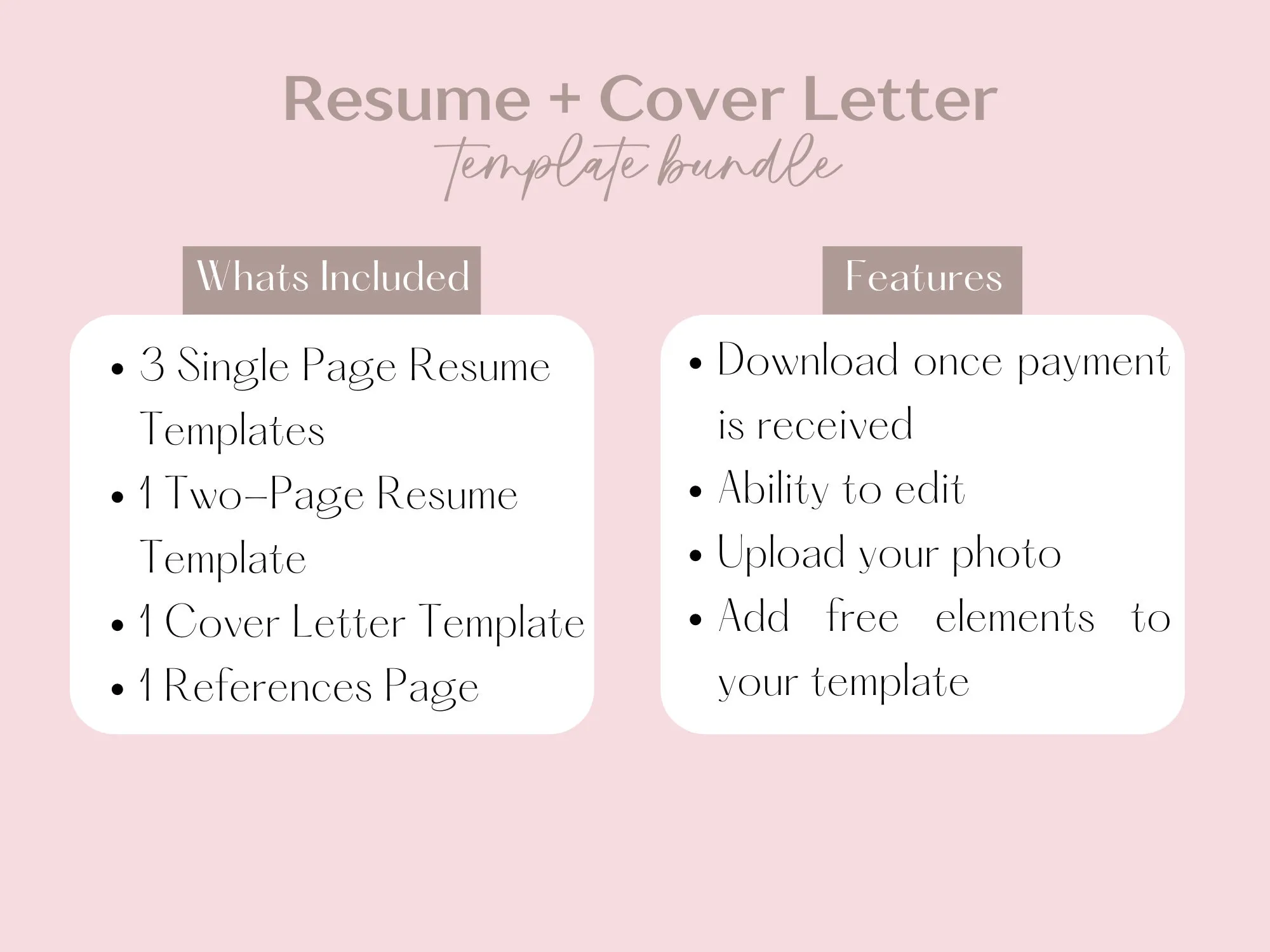Crafting a Powerful Nurse Resume
Your nurse resume and cover letter are your first impressions on a potential employer. They are the keys to unlocking your dream nursing job. A well-crafted resume showcases your skills, experience, and qualifications, making you stand out from the competition. It’s essential to create a resume that is not only informative but also visually appealing and easy to read. Remember, recruiters often spend only a few seconds scanning a resume, so every word and detail counts. Let’s delve into the essential components of creating a nurse resume that gets noticed and gets you hired, fast.
Highlighting Your Nursing Experience
The experience section is the heart of your nurse resume. It provides employers with a snapshot of your professional journey, demonstrating your expertise and accomplishments. When describing your experience, be specific and provide quantifiable results whenever possible. Avoid generic descriptions and focus on highlighting your unique contributions and achievements. Include details about your roles, responsibilities, and the positive impact you made in each position. This section should be tailored to align with the specific requirements of the job you’re applying for.
Structuring Your Experience Section
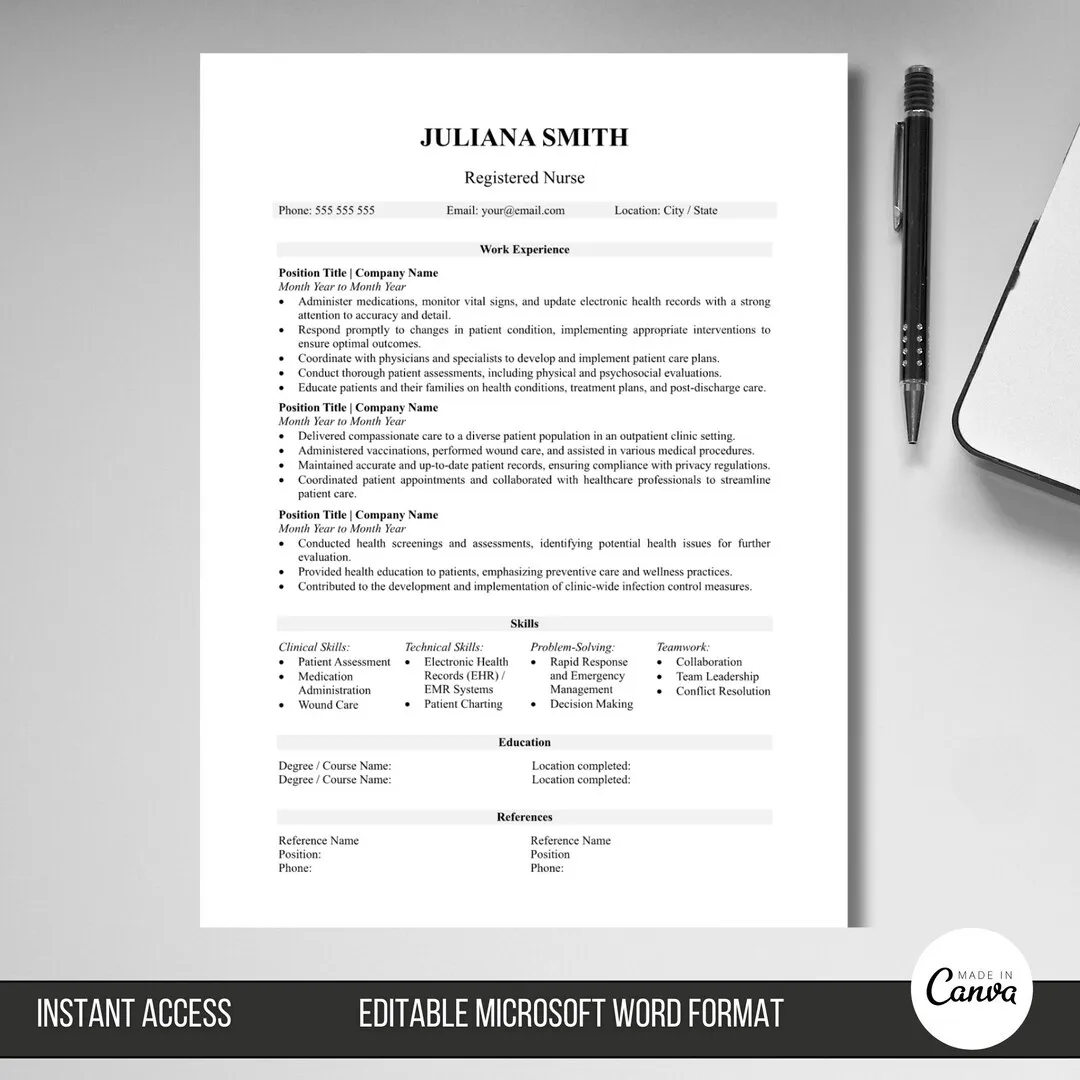
Organize your experience section in reverse chronological order, starting with your most recent position. Include the job title, employer, location, and dates of employment for each role. Use action verbs to describe your responsibilities and accomplishments. For example, instead of saying ‘Responsible for patient care,’ try ‘Provided comprehensive patient care, including assessment, medication administration, and treatment planning.’ This approach makes your descriptions more dynamic and demonstrates your practical abilities.
Quantifying Your Accomplishments
Whenever possible, quantify your accomplishments with numbers and data. This adds credibility and demonstrates the impact you made in your previous roles. For example, instead of saying ‘Improved patient outcomes,’ you could say ‘Improved patient outcomes by 15% through the implementation of a new care protocol.’ Use statistics, percentages, and other metrics to showcase your achievements and demonstrate your value to potential employers. This makes your resume more compelling and memorable.
Showcasing Your Skills and Certifications
In addition to your experience, the skills and certifications sections are crucial for demonstrating your qualifications. These sections should be carefully curated to reflect the specific requirements of the nursing positions you’re applying for. Include a mix of both hard skills, such as technical proficiencies, and soft skills, like communication and teamwork. Ensure that all listed skills are relevant to the job and highlight your areas of expertise.
Essential Nursing Skills to Include
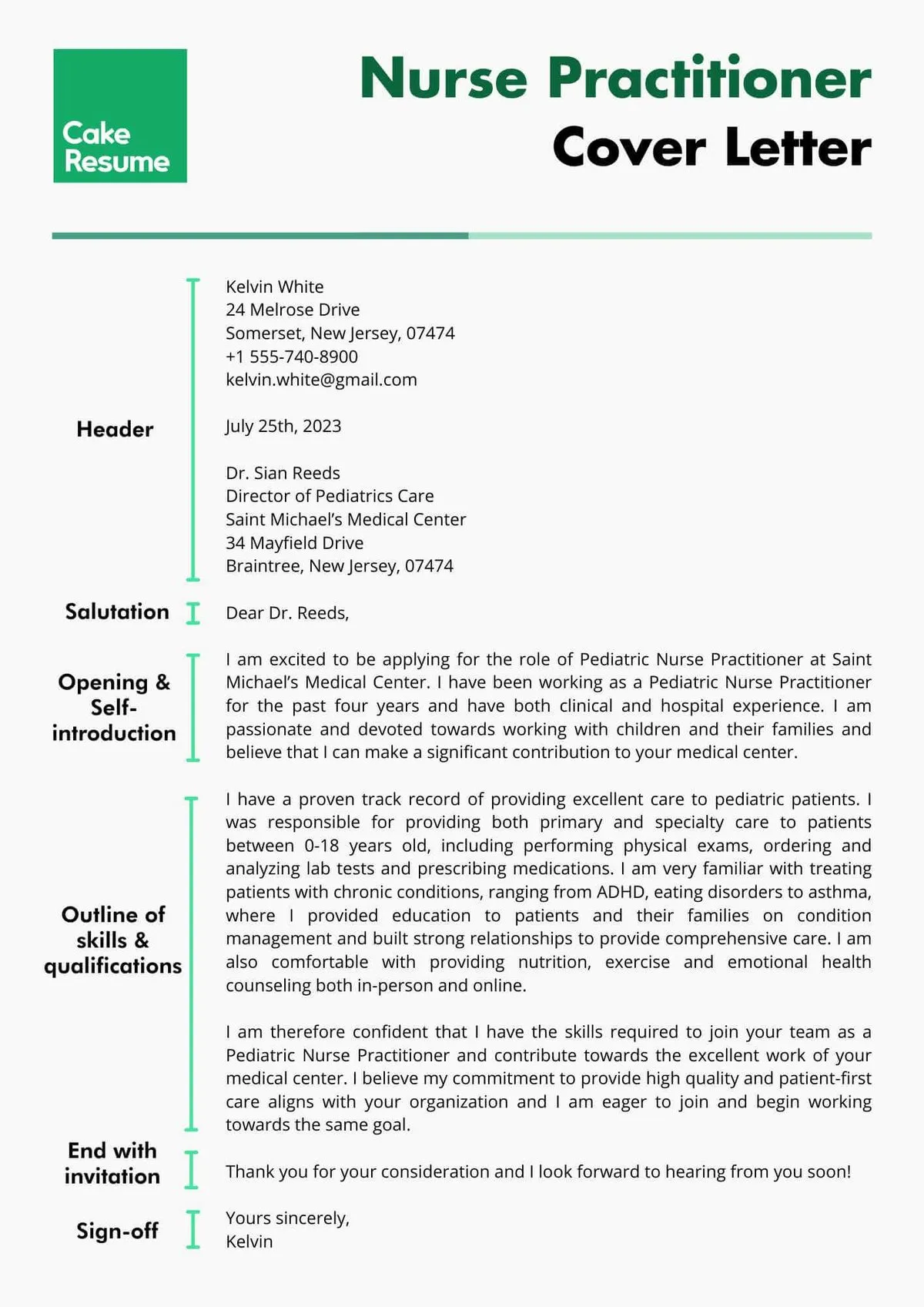
Identify and list the essential nursing skills that are relevant to the positions you are targeting. This may include patient assessment, medication administration, wound care, electronic health record (EHR) proficiency, and critical thinking. Also, don’t forget to incorporate soft skills such as communication, empathy, critical thinking, time management, and the ability to work effectively within a team. Make sure these skills are integrated throughout your resume, not just listed as a separate section.
Certifications and Licenses to List
Include all relevant certifications and licenses in a dedicated section. This can include certifications such as BLS, ACLS, PALS, and specific nursing specialties. List the certification name, issuing organization, and expiration date. Ensure your licenses are current and valid, and be prepared to provide verification if requested. Keeping your certifications up-to-date shows your commitment to continuous professional development and ensures you are qualified for various nursing roles.
Creating a Compelling Nurse Cover Letter
A well-written cover letter is just as important as your resume. It’s your opportunity to introduce yourself, express your interest in the position, and showcase your personality and passion for nursing. The cover letter allows you to expand on your resume, providing additional context and highlighting how your skills and experience align with the specific requirements of the job. It’s a chance to make a strong first impression and convince the hiring manager that you’re the perfect candidate.
Personalizing Your Cover Letter
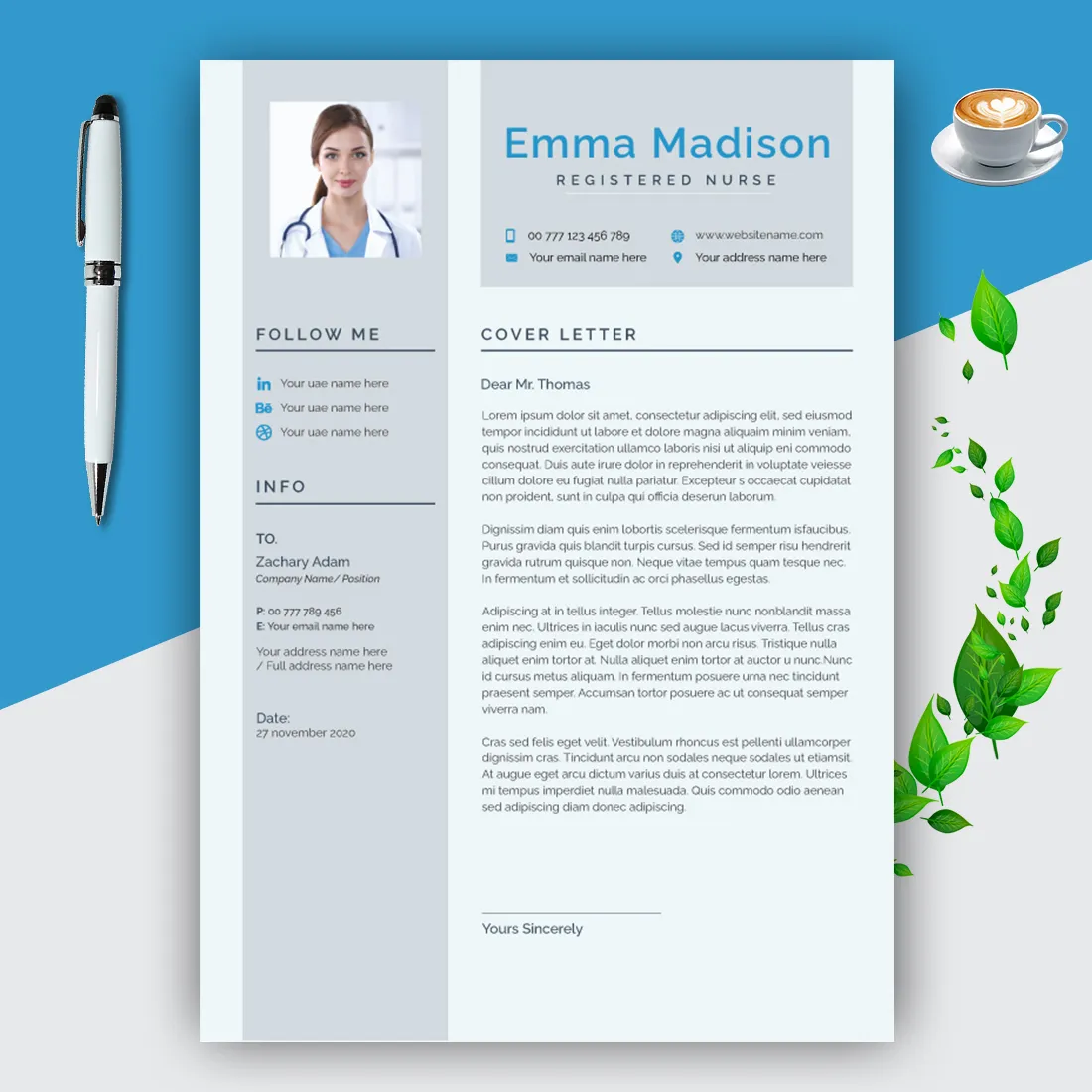
Avoid using a generic cover letter template. Instead, personalize each letter to match the specific job and the organization you are applying to. Address the hiring manager by name if possible, and research the company to understand their mission, values, and current initiatives. Demonstrate that you have taken the time to learn about them and are genuinely interested in the opportunity. This level of personalization shows your enthusiasm and attention to detail.
Tailoring Your Letter to the Job Description
Carefully review the job description and identify the key skills and qualifications the employer is seeking. Tailor your cover letter to directly address these requirements. Provide specific examples from your experience that demonstrate how you meet these criteria. Use keywords from the job description to make your application more ATS-friendly. By aligning your cover letter with the job description, you show the hiring manager that you are a strong match for the position.
Emphasizing Your Passion and Motivation
Express your passion for nursing and your motivation for applying to the specific position. Share what excites you about the role and the organization. Explain why you are interested in this opportunity and what you hope to achieve. Highlight your commitment to providing excellent patient care and your dedication to the nursing profession. Your enthusiasm can make a memorable impression and set you apart from other candidates. A genuine expression of passion can make a significant difference.
Formatting Your Resume and Cover Letter
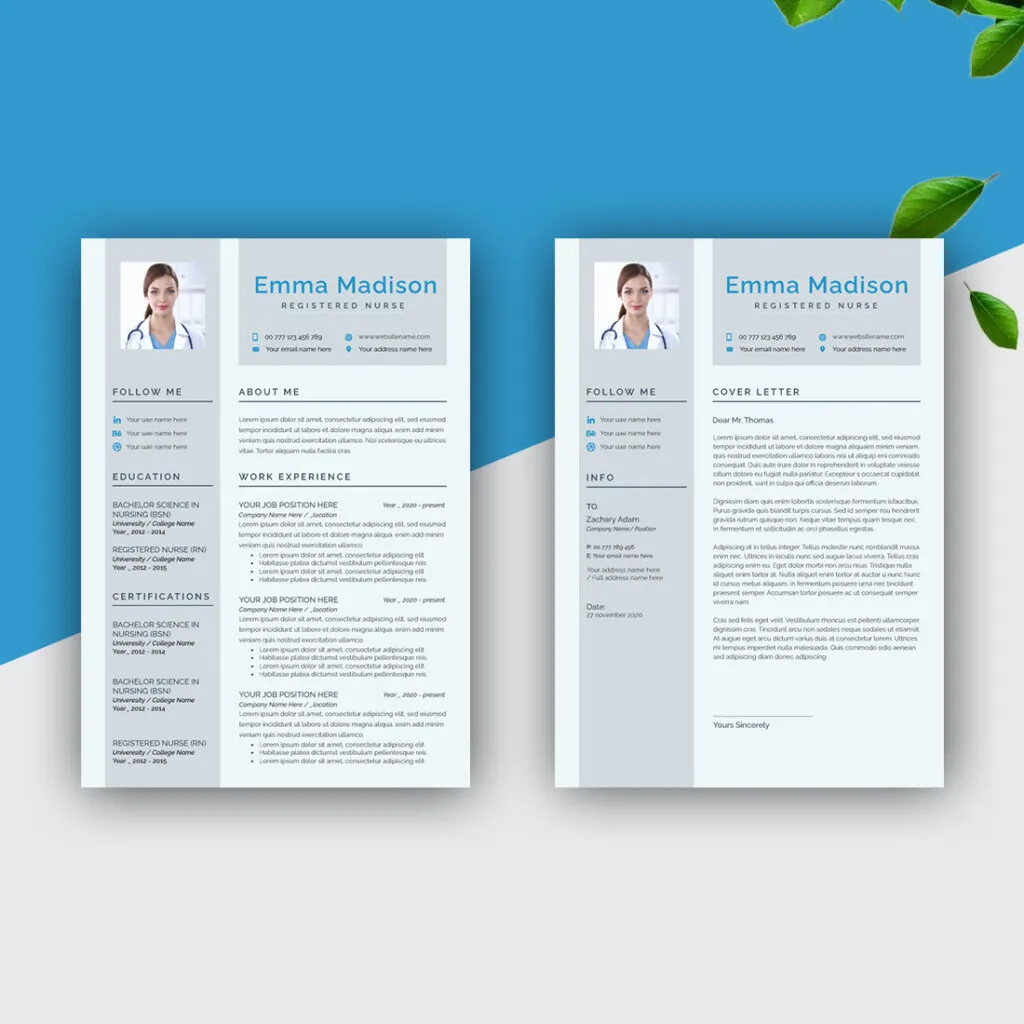
The formatting of your resume and cover letter is crucial for readability and professionalism. A clean and well-organized format makes it easy for recruiters to quickly scan your information. Proper formatting demonstrates your attention to detail and creates a positive first impression. Choosing the right font, layout, and spacing helps highlight your qualifications and ensures your application is easily understood.
Choosing the Right Font and Layout
Select a professional and easy-to-read font, such as Arial, Calibri, or Times New Roman. Use a font size between 10 and 12 points. Maintain consistent formatting throughout your resume and cover letter. Use clear headings and subheadings to organize your information. Employ bullet points to present your experience and skills concisely. Ensure ample white space to avoid a cluttered appearance and enhance readability. A well-formatted document is more likely to be read and understood.
Proofreading and Editing for Perfection
Before submitting your resume and cover letter, proofread and edit them meticulously. Check for spelling errors, grammatical mistakes, and typos. Ensure that all contact information is accurate and up-to-date. Consider having a friend or career counselor review your documents for a second opinion. Proofreading and editing are essential steps to guarantee a professional and polished application. Attention to detail is a key quality in nursing, and your application should reflect this.
Creating a strong nurse resume and cover letter is essential for securing your dream job. By highlighting your experience, skills, and certifications, and tailoring your application to each specific position, you significantly increase your chances of getting hired. Remember to focus on clarity, accuracy, and professionalism in your writing. Good luck with your job search!
